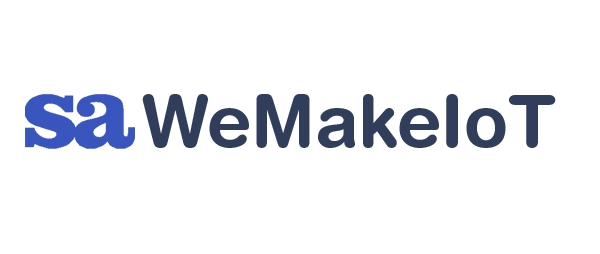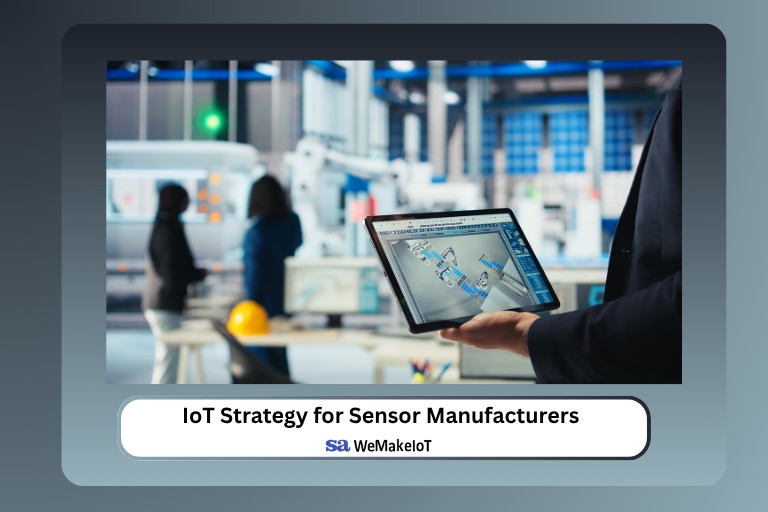IoT Strategy for Sensor Manufacturers
The Challenge for Sensor Manufacturers
Sensor manufacturers face increasing pressure to move beyond hardware delivery and offer complete connected solutions. Customers expect data visibility, predictive insights, and real-time decision support. Hardware alone is no longer enough to stay competitive in industries where IoT adoption is becoming standard. Without a clear IoT strategy, many manufacturers struggle to meet growing expectations for integration, scalability, and seamless data access.
Why IoT Platforms Matter
Developing a reliable IoT ecosystem requires more than sensors and firmware. Manufacturers need to ensure that captured data flows securely to an IoT platform, where it can be stored, processed, and visualized through dashboards. An IoT platform bridges the gap between hardware and end-user applications. It provides features such as device management, real-time monitoring, and analytics. Building these capabilities internally often demands long development cycles and specialized expertise.
Options for Manufacturers
There are two main paths for sensor manufacturers looking to establish a strong IoT strategy:
- Build from Scratch: Developing an in-house IoT platform allows full control over firmware, dashboards, and integration methods. This path is suitable for organizations with significant resources, technical teams, and long-term roadmaps. However, it requires substantial investment in both time and cost.
- Adopt a Subscription-Based Platform: Paid IoT platforms (ThingsBoard, AWS IoT, Tuya, SensorVision, Blynk, openremote) provide ready-to-use infrastructure with device onboarding, dashboards, and cloud integration already in place. This approach enables faster time-to-market, lower risk, and easier scalability for manufacturers who want to focus on their core product.
Suggestions for Moving Forward
A successful IoT strategy starts with understanding business goals and customer expectations. Sensor manufacturers should:
- Evaluate whether their firmware is optimized for secure and reliable data communication
- Assess if an IoT dashboard is needed for clients to visualize and act on real-time insights.
- Compare the trade-offs between developing a custom platform and adopting a subscription model.
- Prioritize scalability, ensuring the chosen IoT platform can support future product lines and new markets.
- Consider long-term support, updates, and integration needs to avoid technology gaps later.
The shift toward IoT-enabled solutions is no longer optional for sensor manufacturers. A clear strategy ensures that sensors move from simple data collectors to integral parts of intelligent ecosystems. By leveraging either in-house development or paid platforms, manufacturers can strengthen their position in a connected world while meeting the evolving needs of their customers.
Contact us to know more.
To explore how our IoT platform can help, check out SensorVsion .




